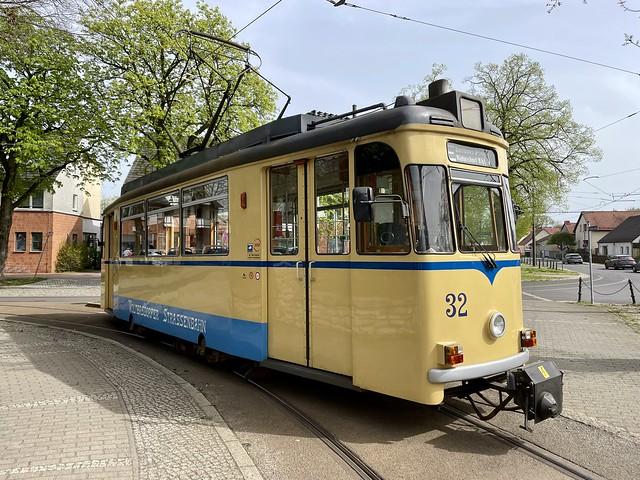Weißensee
Overview
Historical Significance
Weißensee, a charming district in the northeastern part of Berlin, is steeped in history that reflects the city's turbulent past. Originally a small village, it became part of Berlin in the late 19th century, paving the way for its development into a suburban area. The district played an important role during the industrialization of Berlin, with factories and residential areas emerging side by side. Today, traces of its rich history can be found in the architecture, with beautiful old buildings and monuments that tell the story of its evolution over the years.
Cultural Landscape
The cultural atmosphere in Weißensee is vibrant and diverse, showcasing a mix of traditional German influences and modern artistry. The district is home to the renowned Weißensee School of Art, an institution that nurtures creativity and innovation. This institution has made Weißensee a hub for artists and creative thinkers, resulting in a plethora of galleries and studios that dot the area. Visitors can explore various exhibitions, attend workshops, and engage with local artists, making it a fantastic destination for art lovers.
Natural Beauty
One of the standout features of Weißensee is its stunning natural landscape, particularly the Weißensee Lake. This picturesque lake is surrounded by lush greenery and offers a serene escape from the urban hustle. In the warmer months, the area transforms into a lively recreation ground, where locals and tourists alike can enjoy swimming, sailing, or simply lounging on the shores. The lakeside promenade is perfect for leisurely strolls, and the nearby parks provide ample opportunities for picnicking and outdoor activities.
Community Vibe
Weißensee possesses a distinctly local charm, characterized by its friendly community and laid-back atmosphere. The district is less touristy than many other parts of Berlin, allowing visitors to experience authentic Berlin life. Farmers' markets, local shops, and family-run restaurants offer a taste of the region's culinary delights, from hearty German fare to international cuisines. Be sure to try a slice of Berliner Pfannkuchen (a traditional jelly-filled doughnut) from a local bakery, or enjoy a beer at one of the cozy pubs that line the streets.
Architectural Highlights
Architecturally, Weißensee is a feast for the eyes, featuring an eclectic mix of styles ranging from Art Nouveau to modernist designs. One of the most notable structures is the Weißensee Cemetery, a stunning burial ground known for its beautiful monuments and serene atmosphere. This cemetery is one of the largest in Berlin and is an important cultural heritage site, housing graves of many notable figures, including artists, politicians, and intellectuals. The intricate tombstones and peaceful pathways make it a contemplative spot for visitors to explore.
Accessibility and Transportation
Weißensee is conveniently located and easily accessible via Berlin's extensive public transportation network. The district is served by several tram and bus lines, providing seamless connections to central Berlin and other popular neighborhoods. This accessibility makes it an ideal base for travelers looking to explore the wider city while enjoying the tranquility of a more residential area. Whether you're venturing to the bustling streets of Mitte or the historical sites of Charlottenburg, Weißensee offers a perfect balance of quietude and connectivity.
In summary, Weissensee is a hidden gem in Berlin that offers a unique blend of history, culture, and natural beauty. Visitors will find themselves captivated by its local charm and vibrant atmosphere, making it a must-visit destination for anyone exploring Germany's capital.
Other towns or cities you may like in Germany
Explore other cities that share similar charm and attractions.



